Let’s face it, personal trainers are pretty ubiquitous these days, and it’s easy to understand why. The industry doesn’t have licensure (yet), and there are a lot of inexpensive and easy-to-obtain “personal trainer” certifications available that allow fitness enthusiasts with little knowledge about how the body works to earn a distinction as a personal trainer.
The scary truth about hiring a personal trainer for your senior living community is that the typical consumer doesn’t necessarily know what to look for in a qualified fitness professional. Unfortunately, the I-paid-them-and-they-certified-me individual looks equally competent alongside the individual who has a bachelor’s degree in exercise science and who has earned and painstakingly maintains an industry gold-standard certification.
While hiring an exercise professional for your senior living community fitness program is a very buyer-beware proposition, the rewards for making the right staffing choice can be great.
The right fitness professional is a major benefit to the residents.
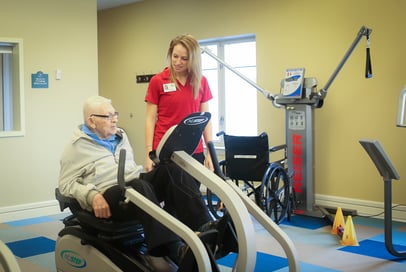 This is really what it’s all about, right? You want a passionate, capable, competent, self-starter running the exercise program in the community. You need someone who will
This is really what it’s all about, right? You want a passionate, capable, competent, self-starter running the exercise program in the community. You need someone who will
- Coordinate the group exercise program (the fitness specialist should be teaching at least some of the classes).
- Initiate and execute on health-related programming both in the fitness area as well as in partnership with other departments in the community.
- Promote and provide important services like exercise prescriptions (writing individual exercise programs for residents) and senior fitness testing, as well as follow up with residents to offer updated exercise programs and repeat testing as appropriate.
- Track participation by individuals and reach out to nonactive residents to invite them into programs.
- Manage the fitness space, including ensuring amenities are well stocked and equipment is in good working order.
- If your personal trainer isn’t doing these things for you, it’s worth spending some time to re-envision what’s possible in your exercise program. Your residents deserve regular access to diverse classes that respect and challenge them physically. They will participate more if a fitness professional is available to customize exercise plans for them and to help them evaluate their progress along the way. And having a point person who is tracking the participation data and is constantly innovating will draw in more residents who wouldn’t engage without a personal invitation.
The right fitness professional is a major benefit to your business.
This is a tough one. Community leadership seems to have a difficult time making the leap from status-quo group fitness classes and the occasional trainer to establishing a manager for a robust fitness program. Maybe that’s consumer driven, and today’s residents, for the most part, aren’t balking at the outdated model. Maybe the lack of change is rooted in where fitness falls on the priority list.
Yet, with the right fitness center manager on board, you can free up your activities director to actually create person- and purpose-centered activities instead of tracking down a substitute for the group fitness instructor who just bailed on a class. You also send a distinct message to prospects and current residents that healthy living is central to who you are. And because so many communities are still operating on the outdated “group fitness + occasional trainer” model, you clearly distinguish your senior living community from the competition.
If you’re ready to start tapping into these benefits, you can either hire your own fitness center manager for the community, or partner with an organization like ours (NIFS fitness center management) to start improving the fitness program for your residents.


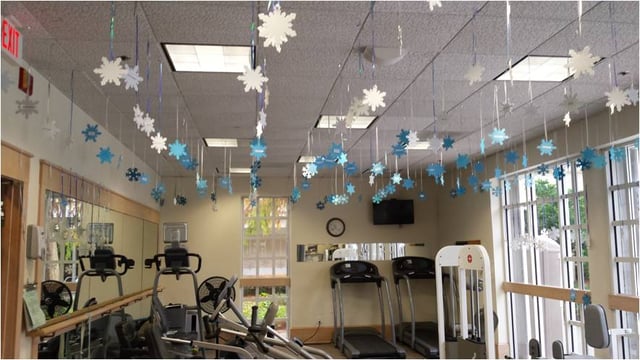 Everyone is planning their holiday vacations and parties. As the manager of a fitness center, your job is about to get just a little tougher. This time of year it’s incredibly difficult to keep the attendance up in the fitness center. I think a lot of members think they can just “put it off” until January 1st and that it’s not that big of a deal if they miss a few weeks of workouts. Unfortunately for those people, there can be major losses after just two weeks of skipping workouts. According to
Everyone is planning their holiday vacations and parties. As the manager of a fitness center, your job is about to get just a little tougher. This time of year it’s incredibly difficult to keep the attendance up in the fitness center. I think a lot of members think they can just “put it off” until January 1st and that it’s not that big of a deal if they miss a few weeks of workouts. Unfortunately for those people, there can be major losses after just two weeks of skipping workouts. According to 
 As the class wraps up, you ask yourself: Self, where did I go wrong? Were my advertisements boring? Should I have hired a barbershop quartet to sing a jingle for me? Would it have been a good idea to pull the fire alarm to see if people would just show up? We have all been there, and are not immune to the crash and burn of a new program. Sometimes no amount of advertising can give a program the boost it needs to succeed. But I can tell you that one method has never failed me, ever. And that method is… FOOD. You provide any kind of food to the members and they will show up, in droves.
As the class wraps up, you ask yourself: Self, where did I go wrong? Were my advertisements boring? Should I have hired a barbershop quartet to sing a jingle for me? Would it have been a good idea to pull the fire alarm to see if people would just show up? We have all been there, and are not immune to the crash and burn of a new program. Sometimes no amount of advertising can give a program the boost it needs to succeed. But I can tell you that one method has never failed me, ever. And that method is… FOOD. You provide any kind of food to the members and they will show up, in droves.
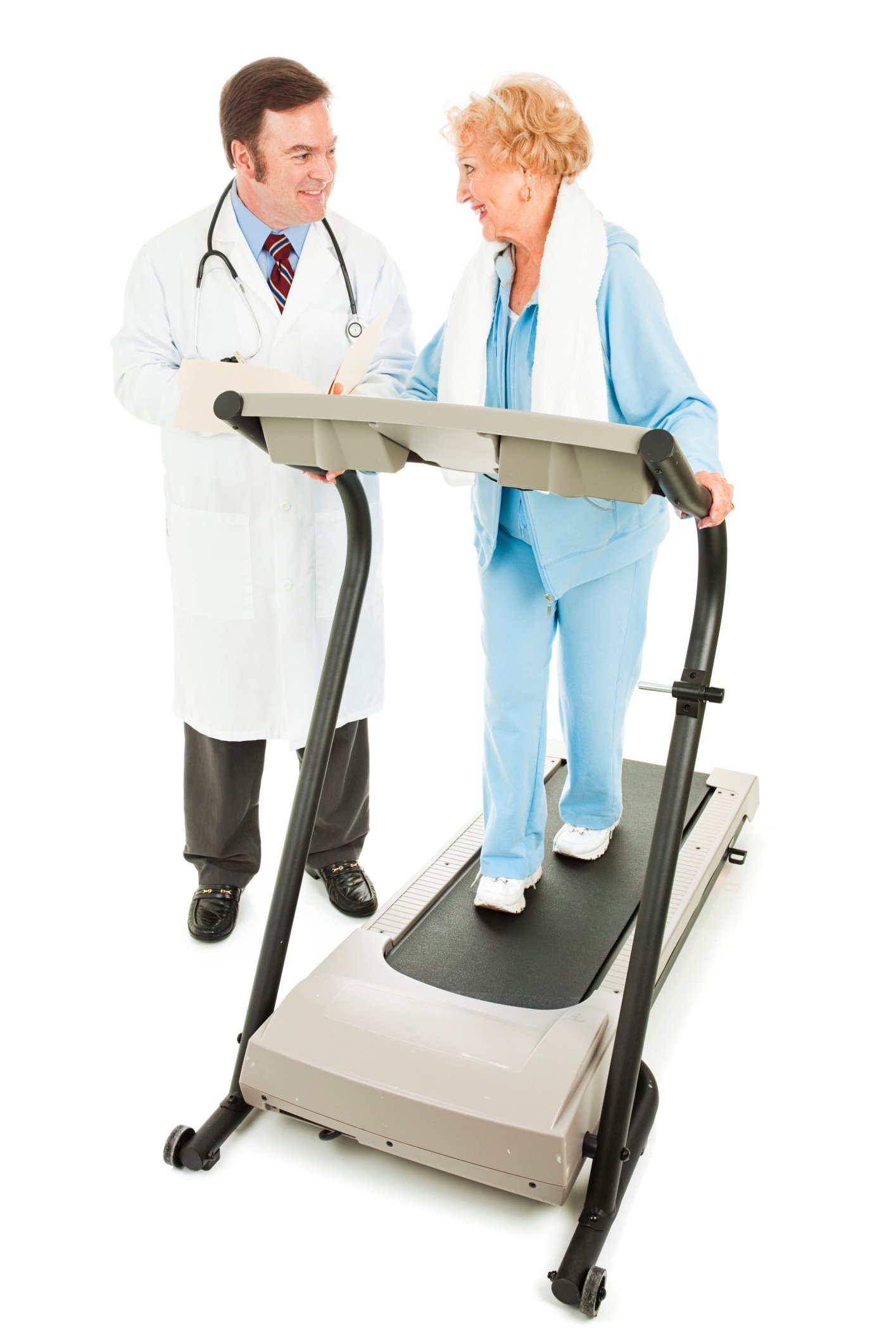

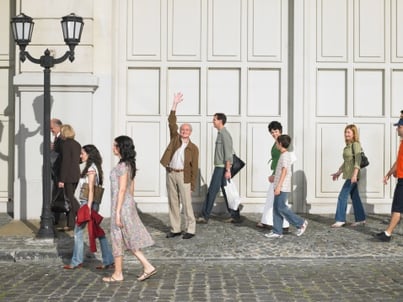 If you live in a city, then you have your share of challenges when it comes to keeping fit. Although so many things can be available at your fingertips, how do you successfully stay active? Here are 10 ways to be fit in multiple wellness dimensions for seniors living in an urban area:
If you live in a city, then you have your share of challenges when it comes to keeping fit. Although so many things can be available at your fingertips, how do you successfully stay active? Here are 10 ways to be fit in multiple wellness dimensions for seniors living in an urban area: 
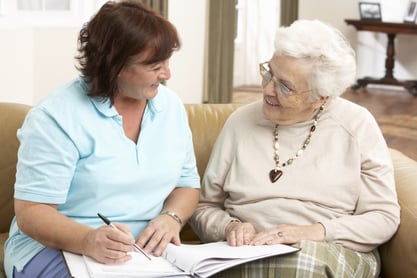 We do a lot of wellness consulting in senior living, and by “wellness”, I mean non-clinical, lifestyle-focused consulting. For many of our clients, that consulting relationship involves a thorough review of their “activities” department; in other cases, it’s focused more on what’s happening with their exercise program. Regardless of the original area of focus, we always arrive at the same point – building a strategy that allows the community to shift from filling a calendar toward supporting resident purpose and passion.
We do a lot of wellness consulting in senior living, and by “wellness”, I mean non-clinical, lifestyle-focused consulting. For many of our clients, that consulting relationship involves a thorough review of their “activities” department; in other cases, it’s focused more on what’s happening with their exercise program. Regardless of the original area of focus, we always arrive at the same point – building a strategy that allows the community to shift from filling a calendar toward supporting resident purpose and passion.

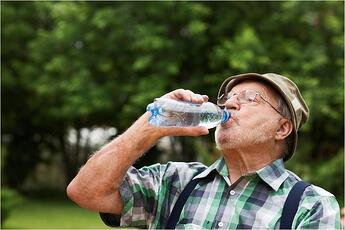 Drink Water Throughout the Day.
Drink Water Throughout the Day.  Now that the less obvious tips have been addressed in
Now that the less obvious tips have been addressed in 
 Have you noticed your parents sitting more and more? Throughout the aging process we tend to become less physically active, therefore decreasing our overall strength. This can lead to many health issues, including loss of balance and eventually falls. Falls in seniors are the number-one cause of fatal and nonfatal injuries. As we all know, the older we get, the harder it can be to recover from any type of injury, so let’s help mom and dad prevent what could potentially alter, or even take, their lives.
Have you noticed your parents sitting more and more? Throughout the aging process we tend to become less physically active, therefore decreasing our overall strength. This can lead to many health issues, including loss of balance and eventually falls. Falls in seniors are the number-one cause of fatal and nonfatal injuries. As we all know, the older we get, the harder it can be to recover from any type of injury, so let’s help mom and dad prevent what could potentially alter, or even take, their lives.
 There’s a lot of talk about what some in senior living call “someday syndrome.” It’s the phenomenon by which adults who have a lot to gain by moving to a retirement community for one reason or another put off the move, indicating they’ll make that change someday.
There’s a lot of talk about what some in senior living call “someday syndrome.” It’s the phenomenon by which adults who have a lot to gain by moving to a retirement community for one reason or another put off the move, indicating they’ll make that change someday.